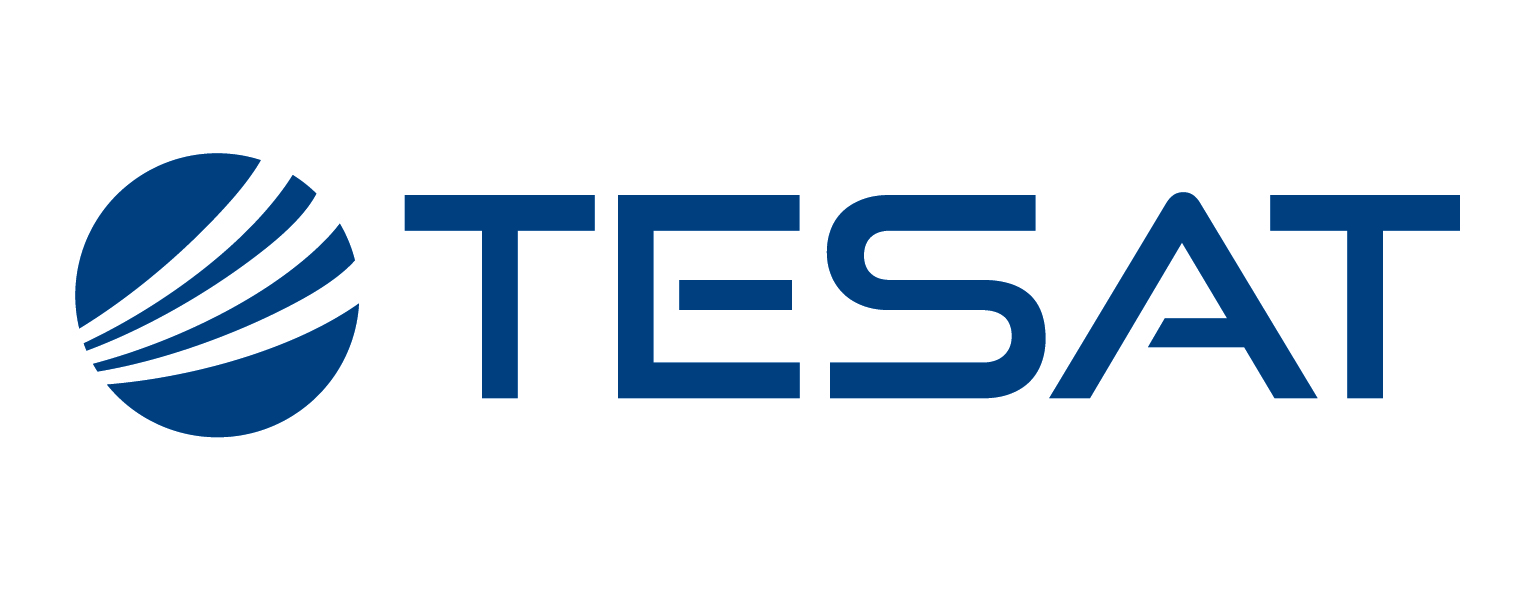
-
StatusOngoing
-
Status date2020-11-10
-
Activity CodeSL.001
In order to assess the utilization of optical technologies on board next generation communication satellites (performance advantages, extra capabilities), the objectives of this activity are:
- To investigate end-to-end system architectures for next generation high throughput communication satellites exploiting optical technologies (intra- and inter-satellite), including identification of the space segment modifications required to realise the system performance objectives.
- To identify the critical elements of the entire end-to-end chain, including ground terminals, space terminals, optical payload units/Photonics, interfaces and harnesses, and to determine their key system performance requirements and provide an overview on potential enabling optical technologies required.
- To identify the critical requirements and elements of future satellite platforms to host the payload elements of the end-to-end system.
The main challenges initially identified are:
- seamlessly interconnect heterogeneous links at space segment level
- signal quality loss over multiple optical link hops
- accommodation of a large number (farms) of optical (and RF) terminals on satellites
- achieving Optical Satellite Network availabilities (including the required ground segment) comparable to fibre optical ground networks
- enabling seamless OGS switching, including re-routing, of the terrestrial traffic in case of gateway handover
- re-use of terrestrial optical systems for space links
An optical satellite network have the potential to reach global coverage connectivity, with the additional advantages of providing order of magnitude more throughput bandwidth, in comparison to what current RF satellite systems can offer.
Moreover, the use of optical technologies is a key enabler for ultra-secure communication with the use of, for example, quantum key distribution.
- Aggregated throughput capacities, for the entire optical satellite network, in the order of Tbit/s.
- Ground-to-satellite feeder-links can be in the range of 100 Gbit/s.
- Adaptive Optics solution to enable very high speed uplink capability
- Interconnection of the optical feeder links with the satellite OTN through the onboard optical routing
- Network reliability and resilience though the implementation of Software-Defined Network technologies
Three scenarios are proposed as future space optical transport networks.
- Scenario 1: a non-Geostationary (NGSO) satellite constellation with RF feeder and user links, optical inter-satellite links and optical on-board routing.
- Scenario 2: a satellite constellation (LEO/MEO/GEO) for optical transport, as part of the global fiber infrastructure. A limited number of gateways provide the connection to the ground network through optical feeder-links. Intersatellite links are optical with capacity of Tbit/s and the data is routed onboard. Ground-to-satellite feeder-links can be in the range of 100 Gbit/s
- Scenario 3: a satellite constellation (LEO/MEO/GEO) in mesh or ring configuration with optical feeder links, intersatellite-links and user links.
- Potential use-cases will be identified. These can be new applications/services, or current services that can be complemented/substituted by satellite communications.
- These services and applications will be related to network architecture, comparing them from the technical feasibility and the business case, point-of-view. The definition of the scenarios will be completed, taking into account which business case are more favourable.
- Requirements will be defined, taking into account the end-to-end communications chain, including the ground and space segments.
- A preliminary system design will be performed, identifying the technology gaps and enablers.
- Finally, a technological roadmap for a future implementation will be produced.
The project was kicked off early 2019, and use cases have been defined. The business case and value proposition is currently being developed.







